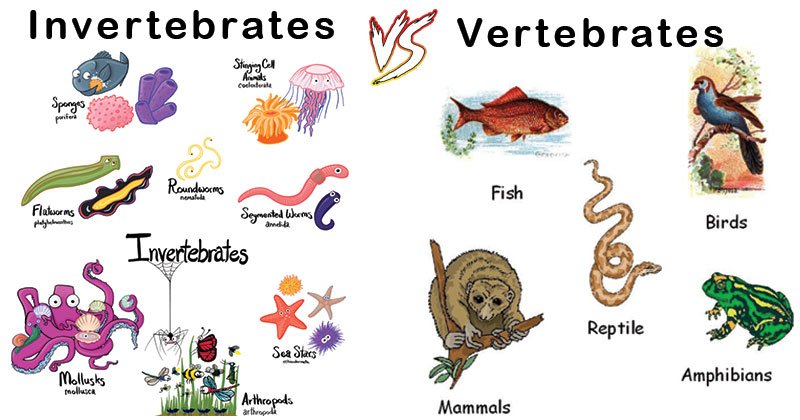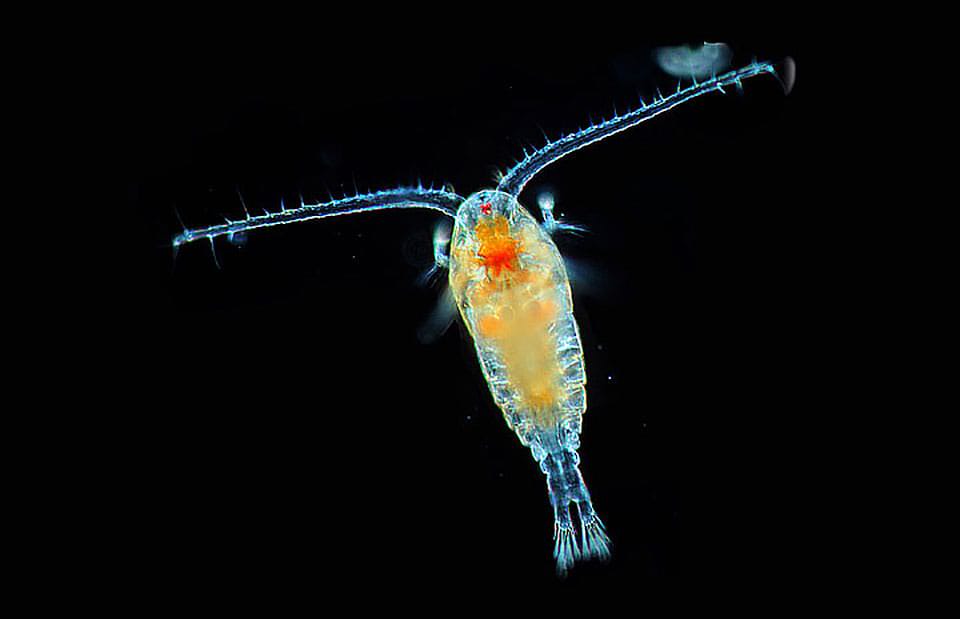Aquatic organisms Study Guide
Introduction
The oceans, rivers, and water bodies are home to different aquatic organisms. What is ‘aquatic’? The term signifies the life-sustaining in or found in the water. Aquatic organisms spend their lifetime in water. They extract their oxygen from the water through specific organs. Some through their skin, while others by their gills.
Aquatic animals
These aquatic life forms in their ecosystem include aquatic beings, plants, and animals that inhabit the water. These aquatic animals include fish, toads, frogs, lizards, snakes, whales, sea lions, lobster, etc.
Types of Aquatic Animals
Aquatic animals are categorized into four groups. Each group is differentiated based on biological composition and their respective adaptation to their aquatic environment. These are namely:
- Microorganism
- Plants
- Invertebrate
- Vertebrate
Three main groups of aquatic organisms
The aquatic ecosystem gets distributed in three groups: plankton, nekton, and benthos.
- Plankton: They are the tiniest aquatic animals that cannot move independently. This category includes phytoplankton and zooplankton.
-
Nekton: These are aquatic organisms that can move on their own or dive through water, and they prey on plankton. Examples include fish and shrimps.
-
Benthos: These aquatic animals crawl and lie at the bottom of the underwater bodies. They are also referred to as decomposers, for example- sponges and anglerfish.
Characteristics of Aquatic Organisms
In this aquatic ecology, these aquatic organisms from microorganisms like tiny zooplankton to giant whales and sharks. They adapt to their habitat in their different respective manner.
a) Salt channeling method: Fish live in salty water and eliminate the excess salt through their gills. While on the other hand, some enormous fishes like whales and sharks do not depend upon the saltwater intake; instead, they consume the smaller fish to meet their water requirements.
b) Breathing Technique: Marine aquatic species like fish and other aquatic animals live in different water bodies, and intake of oxygen takes place from their gills or their skin.
c) Controls Temperature: Mainly, marine creatures are cold-blood and known as (ectodermic) while aquatic mammals are warm-blooded. So they need to maintain their internal body temperature.
d) Maintenance of water levels: The aquatic species knows how to live with changing water depths. Some aquatic organisms like whales, sea turtles, and seals can travel deeper depths.
e) Adjustment with wind and waves: the aquatic species knows how to deal with the highly varied water pressure; of different wind and waves. Some have hard shells to protect themselves from the outward forces.
f) Vision Ability: Some aquatic organisms that need light for their penetrations are corals, reefs, and algae. But, there is a discrepancy in the amount of light reaching the depths underwater.
Conclusion:
The aquatic ecosystem is a dynamic phenomenon, as it never stays constant.
-
The aquatic life has adapted to this transforming atmosphere.
-
Many Man-made changes have also affected the ecosystem; natural climatic change has also deeply affected this aquatic ecological system.
-
The aquatic organisms are well connected, which has considerably impacted the ecosystem.
-
The aquatic ecosystem is highly relevant for maintaining balance in our ecology which contributes to purifying the water. It is the natural habitat for flora and fauna.
-
The different groups of Aquatic species are highly dependent upon each other to meet their nutrient needs by feeding one another.
-
Each species has different traits in its habitation. It is classified based on its features and adaptation capabilities but interconnected in this complex system.
FAQs:
1. What are the examples of aquatic organisms?
Examples of aquatic animals include crabs, frogs, seals, octopuses, seahorses, starfish, and fish, while crocodiles are a few water reptiles.
2. What are some small Aquatic organisms?
They also include small species of the aquatic plant kingdom. These are two categories of watery aquatic species Phytoplankton and Zooplankton.
The phytoplankton is the category of bacteria and fungi algae that use sunlight to manufacture food, whereas, zooplanktons are tiny micro animals that prey on the phytoplankton.
3. What is the meaning of aquatic organisms?
By aquatic organism, it means that the plants or animals that spend their life cycle in an aquatic ecosystem or water habitat. They can be vertebrates or invertebrates.
4. What are the unique features of an aquatic animal’s habitat?
The aquatic habitat is an area where these watery organisms live; so they can get their requirements like foods, shelter, and water, referred to as the aquatic habitat.
These include rivers and estuaries are some examples of aquatic habitats.
-
In an aquatic ecology, the freshwater species include lakes, ponds, wetlands, etc. Whereas; marine organisms consist of oceans and seabed.
-
The freshwater aquatic habitat includes:
-
Lotic ecosystem: It indicates flowing water, mainly streams and rivers; these include species like beetles, trouts, etc.
-
Lentic Ecosystem: It consists of still water habitats like ponds, lakes. Whose inhabitants are crabs, algae, and shrimps,
-
Wetlands: These are shallow marshy areas, which consist of marshes, bogs, and water lilies.
-
Marine Aquatic Ecosystem: It covers most of the area of the earth. It consists of oceans, seabed, and rock pools.
- What are the seven main characteristics of fish?
Fishes are aquatic species.
- The Fish body; is always covered by scales.
- Fish do not have a neck; they contain the head, trunk, and tail.
- They have gills for respiration
- Their eyes are placed on their head.
- They do not have a urinary bladder.
- Some fish’s skeleton does consists of cartilage.
We hope you enjoyed studying this lesson and learned something cool about Aquatic Organisms! Join our Discord community to get any questions you may have answered and to engage with other students just like you! Don’t forget to download our App to experience our fun, VR classrooms – we promise, it makes studying much more fun! 😎
Sources:
- Aquatic Organisms https://flexbooks.ck12.org/cbook/ck-12-biology-flexbook-2.0/section/6.12/primary/lesson/aquatic-organisms-bio/ Accessed on 2 Dec 2021.
- Aquatic Organisms https://www.sciencedirect.com/topics/agricultural-and-biological-sciences/aquatic-organisms Accessed on 2 Dec 2021.
- Aquatic Organisms http://www.ramp-alberta.org/river/ecology/life.aspx Accessed on 2 Dec 2021.



